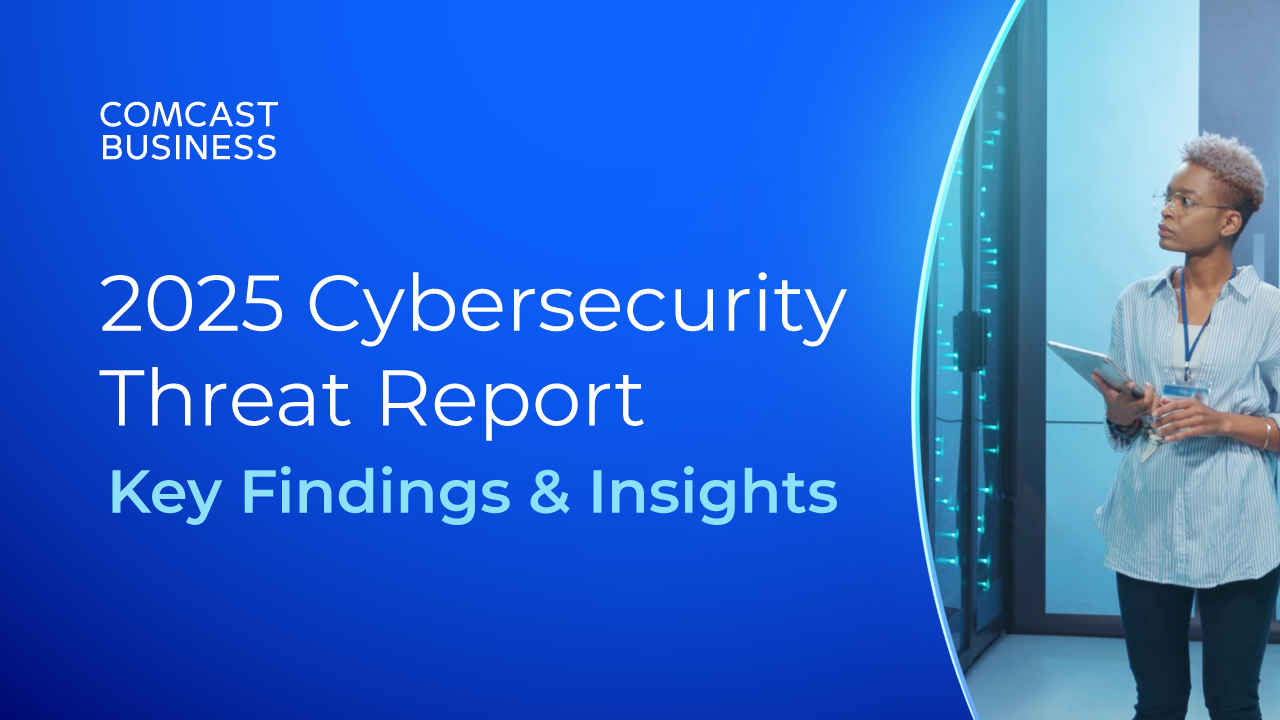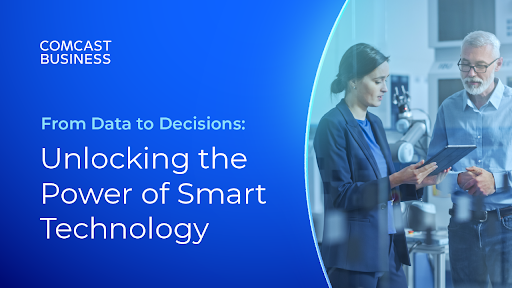3 Threat Trends Driving Adaptive Cybersecurity

Artificial intelligence is reshaping cybersecurity, enhancing both offensive and defensive capabilities.
On the one hand, it’s fueling faster, smarter, automated defenses. On the other, it’s given attackers multiple new, easily accessible ways to wreak havoc. And that means that cybersecurity leaders can’t stay in the past.
The current moment calls for cybersecurity approaches that are not only nimble enough to handle the rapid pace of change in the short term, but also resilient and adaptable enough to continue to evolve alongside longer term trends—even those that aren’t foreseeable right now.
In short, enterprise organizations are increasingly adopting an adaptive security posture—one that combines real-time, AI-driven threat detection with flexible, policy-based access controls that evolve alongside the threat landscape. At the same time, they’re investing in adaptive network infrastructure that can self-monitor, self-heal, and dynamically prioritize or reroute traffic to help minimize downtime and contain risk. Together, these capabilities form a responsive, resilient defense framework that’s built to meet the demands of today’s attacks and evolve with whatever comes next. Here are the business, technology, and threat trends driving adaptive cybersecurity in 2025 and beyond.
1. The AI Race: Attack and Defense Collide
Cyber criminals are quickly weaponizing AI. Deepfakes, convincingly real phishing emails, and advanced social engineering scams powered by generative AI are popping up with increased frequency. And people are falling for them. According to Deloitte, 40% of all phishing attacks are now generated by AI, and generative AI is set to multiply losses from deepfakes and other attacks by 32%, hitting $40 billion by 2027.
Enterprise security leaders are responding in turn. According to Gartner, fewer than 10% of cybersecurity leaders say they have no plan to adopt GenAI for cybersecurity use cases. It’s not hard to see why— Deloitte reports that AI reduces the average time to detect a cyberattack by up to 96%. Still, it’s important to take a strategic approach.
Noopur Davis, executive vice president, chief information security officer and product privacy officer at Comcast, framed the challenge clearly at a recent industry event: "We’re asking three questions. How do we protect our own use of AI? How do we protect ourselves from malicious AI? And, how do we use AI effectively to defend ourselves better?"
The takeaway here: it’s no longer enough to simply respond to threats—organizations have to respond instantly or even anticipate them. AI tools that analyze unusual patterns, automate threat detection, and speed up incident responses are quickly becoming essential.
2. The New Identity Crisis: Machines and Human Users
Traditional Identity Access Management was built around ensuring the right human users have access to the right data—and the wrong ones don’t. But today, machines—APIs, bots, IoT devices, service accounts—far outnumber their human counterparts, by as much of a factor as 45 to 1. And according to Gartner, 54% of organizations report an increase in identity-related breaches, and a staggering 85% those involve compromised non-human identities.
It’s an increasing enterprise blind spot. Traditional Identity and Access Management isn’t built for this scale, or for the volume of AI agents currently populating the digital world. The new paradigm calls for the implementation of comprehensive Identity Access Management (IAM) strategies, ideally spearheaded by machine identity working groups that collaborate with stakeholders across the business. Companies are also turning to identity-first frameworks like zero trust to address this gap. These models continuously verify every entity—human or otherwise—in real-time, significantly reducing the risk of credential compromise.
The Fragility and Importance of Digital Trust
As digital identities continue to outpace human ones, trust has never been more fragile—or more valuable. The concept of digital trust—a measure that encompasses both the trust that individuals place in organizations and the trust that organizations place in the entities they interact with—is growing in importance. Eighty-two percent of digital trust professionals say the concept will continue to grow in importance in the next five years, while only 53% of organizations are confident in their digital trustworthiness.
Ensuring digital trust rises above the importance of a security concern to a foundational business imperative. Brands that can't ensure digital interactions are secure risk losing loyalty and revenue.
3. Breaking Silos: Cybersecurity Becomes Everyone’s Responsibility
Cybersecurity and cyber risk management are no longer just the purview of the security and IT teams. Line of business leaders increasingly view cyber threats as a core business risk. This shift means security accountability is spreading to every corner of the organization. It also means that enterprise teams are changing who owns risk—and who makes decisions around it.
Gartner reports that 55% of technology leaders state they are taking a centralize-to-decentralize path: Creating centralized enterprise security steering committees that include technology and line-of-business leaders, to effectively decentralize risk ownership across the business.
This kind of alignment allows companies to embed security into everyday operations rather than treating it as an afterthought.
Adaptive Networks, Adaptive Security: Building for Resilience
As attacks grow more sophisticated and digital trust more fragile, organizations must weave adaptability directly into their cybersecurity and networking fabrics.
Adaptive security means dynamically aligning protective measures to shifting threats in real-time. Tools like Managed Detection and Response (MDR), advanced IAM frameworks, zero-trust stances, and Secure Access Service Edge (SASE) architectures have become essential. Equally critical are adaptive networks, intelligently self-monitoring and self-healing in response to threats.
The path forward demands that organizations anticipate threats, automate intelligently, collaborate broadly, and adapt continuously. In other words, resilience is less about preventing every threat, and more about ensuring that when threats arrive, the organization is prepared, responsive, and quick to recover.
Comcast Business helps guide enterprise technology leaders through an ever-changing cybersecurity landscape so they can be better prepared and transform challenges into opportunities. Learn more.
Read the top threat trends reshaping enterprise cybersecurity and why adaptability is imperative
Locked Content
Click on the button below to get access
Unlock NowOr sign in to access all content on Comcast Business Community
Resource Center
Learn how Comcast Business can help
keep you ready for what's next.










